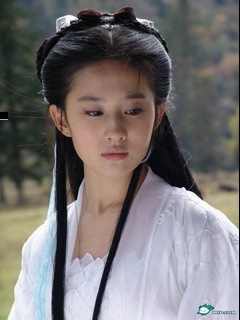1
2
3
4
5
6
7
8
9
10
11
12
13
14
15
16
17
18
19
20
21
22
23
24
25
26
27
28
29
30
31
32
33
34
35
36
37
38
39
40
41
42
43
44
45
46
47
48
49
50
51
52
53
54
55
56
57
58
59
60
61
62
63
64
65
66
67
68
69
70
71
72
73
74
75
76
77
78
79
80
81
82
83
| /**
* draw_jpeg - Display a jpeg picture from (0, 0) on framebuffer
* @name: picture name(foo.jpg)
*/
int draw_jpeg(char *name)
{
struct jpeg_decompress_struct cinfo;
struct jpeg_error_mgr jerr;
FILE *infile;
unsigned char *buffer;
int x, y;
unsigned char *tmp_buf;
unsigned long size;
int ret;
if ((infile = fopen(name, "rb")) == NULL) {
fprintf(stderr, "open %s failed\n", name);
return -1;
}
cinfo.err = jpeg_std_error(&jerr);
jpeg_create_decompress(&cinfo);
// 获取图片文件大小
fseek(infile, 0L, SEEK_END);
size = ftell(infile);
rewind(infile);
tmp_buf = (unsigned char *)malloc(sizeof(char) * size);
if (tmp_buf == NULL)
{
printf("malloc failed.\n");
return -1;
}
ret = fread(tmp_buf, 1, size, infile);
if (ret != size)
{
printf("read jpeg file error.\n");
return -1;
}
// memory
jpeg_mem_src(&cinfo, tmp_buf, size); // 指定图片在内存的地址及大小
//jpeg_stdio_src(&cinfo, infile); // 指定图片文件
jpeg_read_header(&cinfo, TRUE);
jpeg_start_decompress(&cinfo);
if ((cinfo.output_width > fb_width) || (cinfo.output_height > fb_height)) {
printf("too large JPEG file,cannot display\n");
return -1;
}
buffer = (unsigned char *) malloc(cinfo.output_width * cinfo.output_components);
//printf("%d %d\n", cinfo.output_width, cinfo.output_components); /*eg, 240 3(rgb888)*/
x = y = 0;
while (cinfo.output_scanline < cinfo.output_height) {
jpeg_read_scanlines(&cinfo, &buffer, 1);
if (fb_depth == 16) {
unsigned short color;
for (x=0; x < cinfo.output_width; x++) {
// LCD为rgb565格式
color = make16color(buffer[x*3], buffer[x*3+1], buffer[x*3+2]);
fb_pixel(x, y, color);
}
} else if (fb_depth == 24) {
// not test
memcpy((unsigned char *) fb_mem + y * fb_width * 3,
buffer, cinfo.output_width * cinfo.output_components);
}
y++; // next scanline
}
jpeg_finish_decompress(&cinfo);
jpeg_destroy_decompress(&cinfo);
fclose(infile);
free(tmp_buf);
free(buffer);
return 0;
}
|



